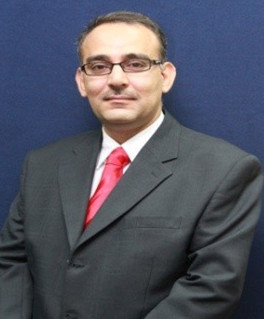Abstract—A thermal assessment study of an Organic Rankine Cycle (ORC) energized by heat absorbed from a parabolic trough collectors (PTC) is presented in this paper. The IPSEpro software is used to model the system of ORC and PTC with thermal storage located in Derna, Libya. The system is examined using three modes of operation. They are low-solar radiation mode, high-solar radiation mode, and storage mode. The solar radiation is classified into low and high solar radiation according to times of the system operation during the day. Part of the absorbed solar energy by the collectors used to produce the power and the remaining energy is used to charge the thermal storage to operate the system during the storage mode in the night. The simulation results are used to assess the system performance using energy and exergy analysis. The study showed that PTC collector was the main contributor of the energy and exergy losses within the PTC system and the evaporator within in the ORC. At this specific weather conditions, the ORC was able to produce about 1.5 MW electrical power from the powered PTC heat with thermal storage during the day and night. Moreover, exergy efficiency of the overall system was 8.94%, 5.38% and 5.47% for low-solar radiation, high-solar radiation and storage mode respectively.
Index Terms—Energy and exergy analysis, ORC, PTC, thermal storage.
Brian Agnew, Ratha Z. Mathkor, and Nuri Eshoul are with the School of Mechanical and Systems Engineering, Newcastle University, Newcastle Upon Tyne, UK (e-mail: brian.agnew@ncl.ac.uk, r.z.h.mathkor1@ncl.ac.uk and n.m.m.eshoul1@ncl.ac.uk).
Mohammed A. Al-Weshahi is with the Engineering Department, Shinas College of Technology, Alaqr, Oman (e-mail: mohammed.alwashahi@shct.edu.om).
[PDF]
Cite:Ratha Z. Mathkor, Brian Agnew, Mohammed A. Al-Weshahi, and Nuri Eshoul, "Exergy Modelling of an Organic Rankine Cycle Energized by Heat from Parabolic Trough Collector with Thermal Storage," Journal of Clean Energy Technologies vol. 4, no. 2, pp. 95-100, 2016.


